10 EASY STEPS TO MASTERING EDITORIAL PHOTOGRAPHY
Editorial photography can be a confusing term for many photographers, but it’s not as befuddling as you might expect and these tips will help you to really up your game.
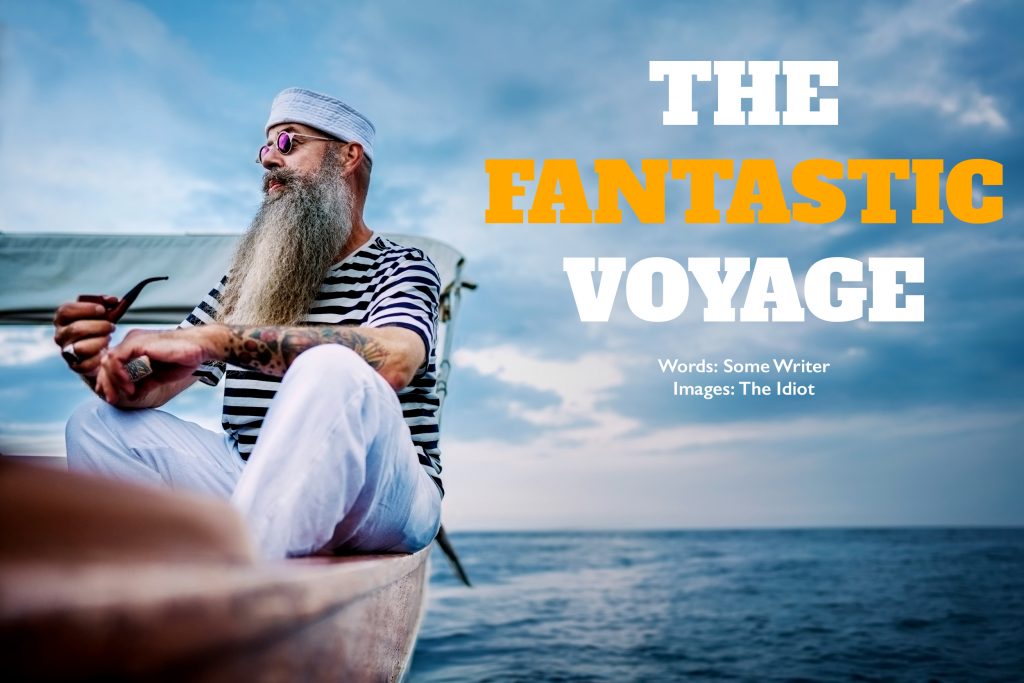
I’m going to get rid of any confusion right now. Technically, editorial photography simply means a photograph that gets used in an editorial sense. This can be in a print magazine, online (like above) or even in your local rag. That’s it, if you just wanted to know now you do.
Obviously that’s a very broad definition and it would mean that technically everything online would be considered editorial photography in this day and age. But, there are a few things to consider if you’re aiming to create this style of photography for commissions or to submit.
The purpose of editorial photography is to complement a written story, so much so that it is an intrinsic part of any article.
When you’re working with publications that have picture editors or online-only brands that are a bit more hung-ho, they still tend to look out for similar markers.
In this list I’m going to share a few things that, if you take to heart, can really boost your editorial image taking prowess and increase your chance of publication or even just your bragging rights.
Table of Contents
EDITORIAL PHOTOGRAPHERS FRAME FOR THEIR MARKET
This is so simple it’s almost insulting to mention it. However, it’s probably the single most important point to consider if you’re submitting work for print publication — make your crop as versatile as possible!
I’ve helped to pick magazine covers by committee. I’ve spent time trawling submissions to find the perfect shot and I’ve even captured images with specific print space in-mind. What do they all have in common? Easy, negative space!
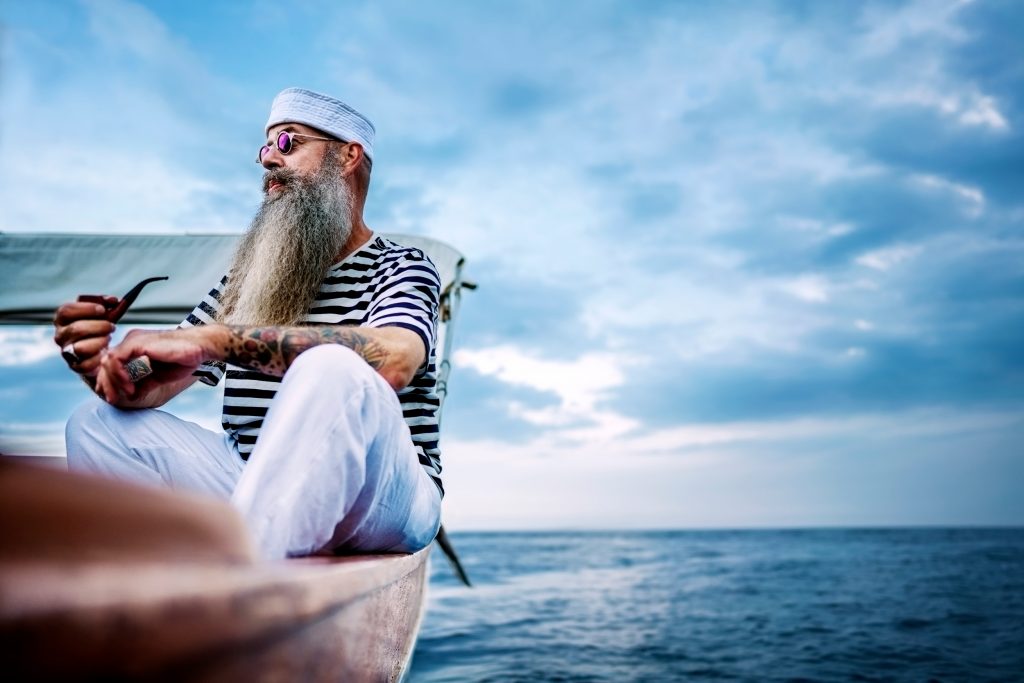
Take a second to look at this image, then look at the same image at the top of this page. What’s different? Go ahead, I’ll wait…
If you said, ‘it’s got some whopping great text over it’, then you’re correct! This image wasn’t so far off-centre just for creative effect. It also allowed space for designers to flow text onto, especially when positioned as a double page spread (over two images).
This is a rather extreme example, but the more you look at print the more you may see embedded headers like this. It’s stylish, but it’s also an economic use of space in a medium that doesn’t have the luxury of waste.
This is hugely appealing to any print publications and giving this kind of ‘free use’ spatial playground in one or two of your submissions may secure you an opening spread – the second best brag to the cover – or even the cover itself.
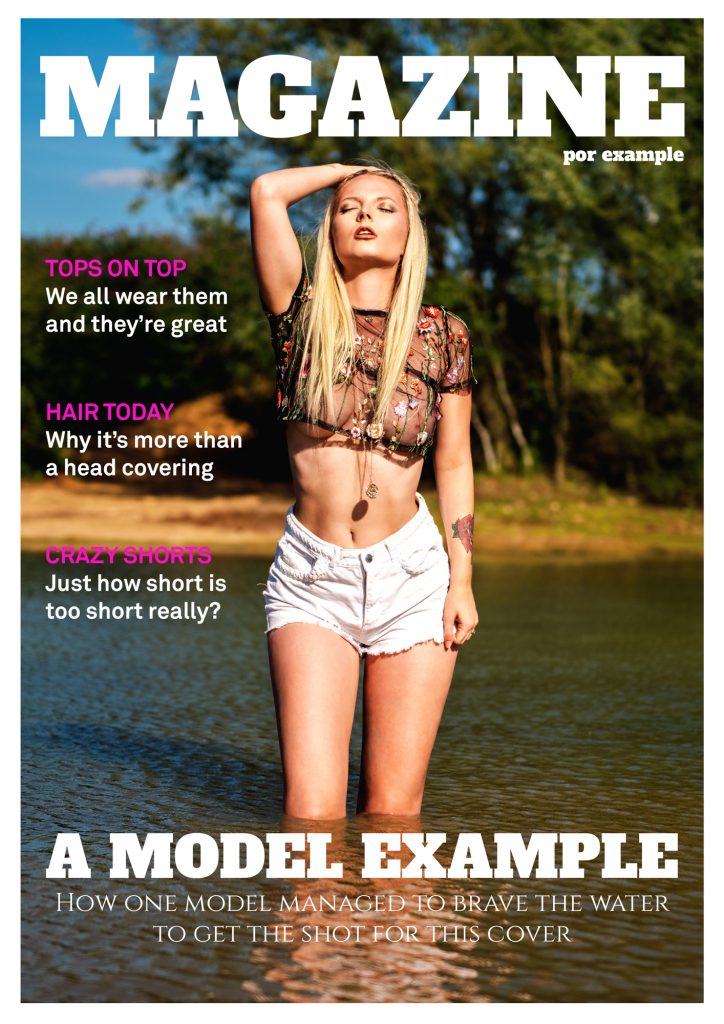
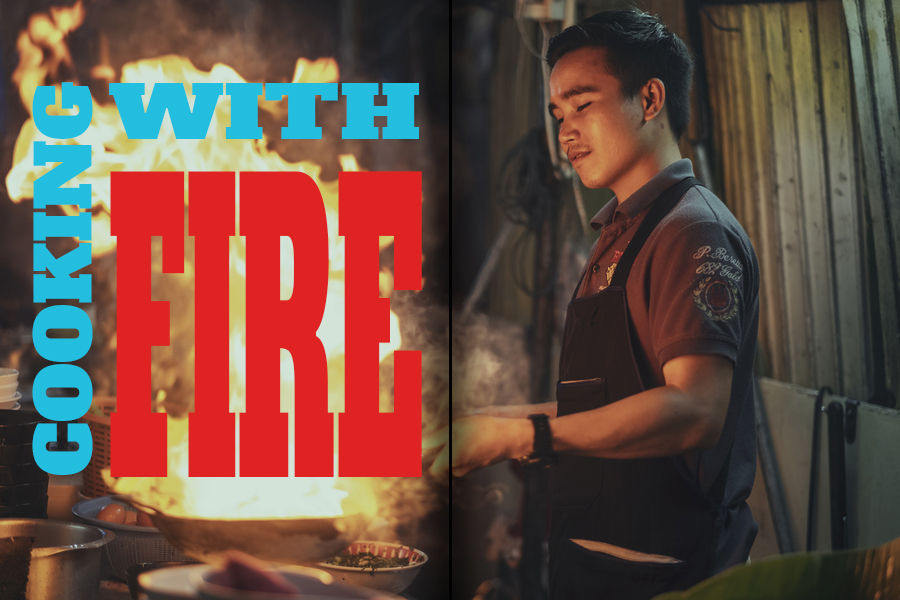
DO YOUR RESEARCH AHEAD OF TIME
You’d imagine this is so simple it’s not worth including. I can tell you now, this step is as overlooked as it is important.
When you’re submitting work for publication or have been commissioned to take photos for a title, ALWAYS do your research ahead of time.
This can be as simple as grabbing a copy from the newsstand or googling the website. Most brands have a style guide or creative director who steers the ship and they like to stick to what works. Ask yourself these three things before you even start:
- Can I match the quality of work this brand expects?
- Can my photos fit in seamlessly with the style of this brand?
- Am I happy with the photographic representation of this brand?
The first one is a lot tougher than any photographer would care to admit. gauging your own quality is really tough Some wildly overestimate their abilities while many are at the opposite end of the spectrum.
There’s no shame in self-confidence (or a lack of it), but be realistic. Yes, it’s always worth a punt, but steel yourself for rejection. These people get a lot of submissions to pick from.
Matching a house style is less of a bitter pill to swallow. Art is, as they say, subjective. Sometimes they’ll simply have different expectations that don’t mesh well with your style. It’s nothing personal so just say thanks for the feedback and move onto the next one.
Finally, this one is a selfish consideration: are you happy with the way a brand displays/crops/represents its imagery?
The reason I’ve put this down is simple – once you’ve handed over your images you lose creative control. You may see some strange crops, intriguing shot selection and odd captions, for example. This is one of those tradeoffs you will have to life with, and the only power you have is to say no before you get that far.
As a photographer, especially in the world of dwindling budgets, AI and user generated content, your ‘brand’ can be your most important commodity. Don’t jeopardise it.
THINK ABOUT THE TIMING OF YOUR SUBMISSIONS
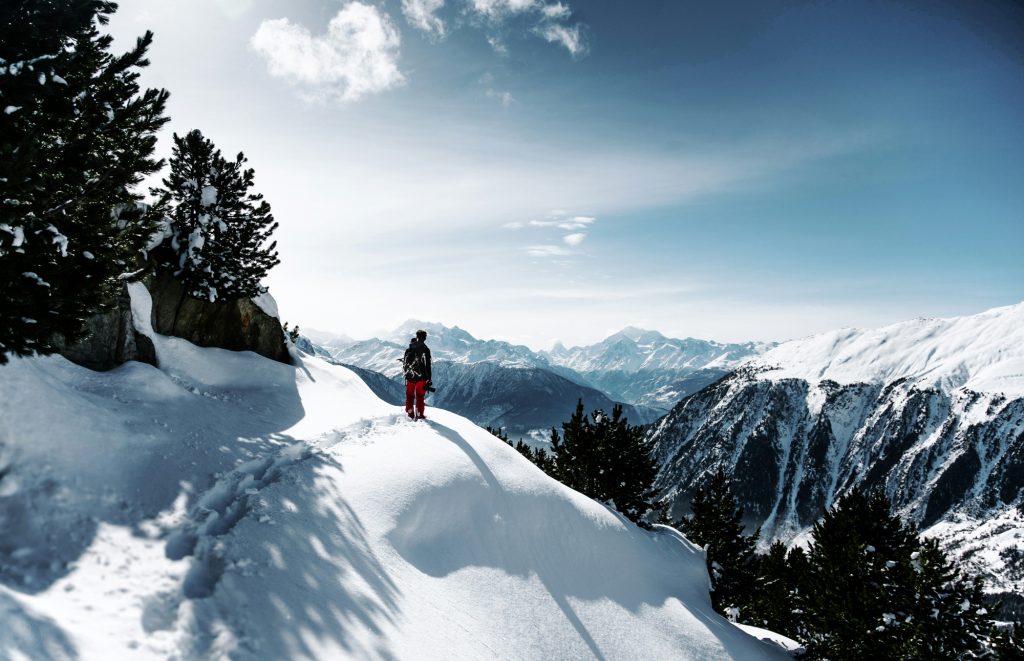
This one is really more print-focused. Monthly magazines, especially, are on production about two months before they are on sale. If you go out in December and capture the best Christmas shot in existence, it’s useless until the following October.
This means that you basically have to plan your shots a year in advance. Spring will be new years, summer will be late spring and so on. Keep this in-mind and save yourself some wasted e-ink!
It’s not so much of a problem for newspapers or websites, given these both work on an almost instant basis with fast reaction times. That said, it’s still a good habit to get into and having a big stock of images sorted by season is a great way to build your own mini stock resource.
EXPLORE DIFFERENT GENRES
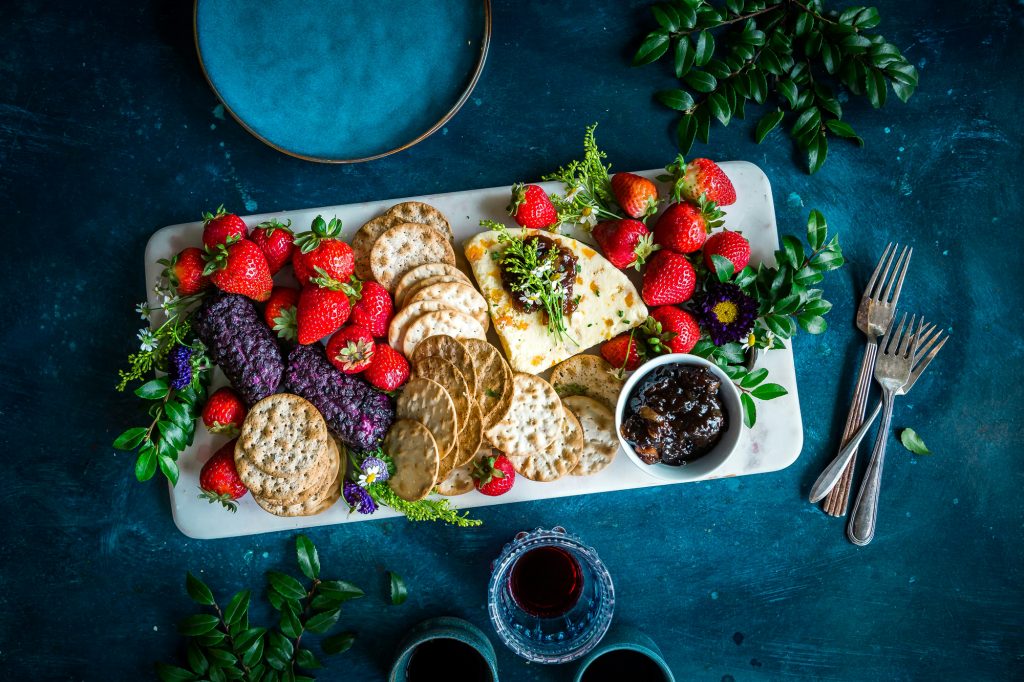
A lot of people focus their editorials on people. Makes sense, so much of the imagery we see is people-focused. But there are plenty of brands that aren’t into fashion or lifestyle editorials.
What other kind of editorial photography is there? Well, how many niches are there? Food photography, outdoor landscapes, cyclists, runners, architecture, gardening… the list is endless.
If you’re struggling with one genre, consider switching ti a field that’s less competitive. Everyone with a camera seems to be shooting portraits, but how many are shooting bikes and burgers?
If you get lost, pick up a magazine, paper or click through to a website and see what they’re using.
INVEST IN YOUR EDITORIAL PHOTOGRAPHY

What makes a good editorial photo? Simple, it has to stand. Sure, it’s important it supports the story, but we live in a world with endless stock libraries, not to mention AI images are ten a penny right now.
Investing in the creation of your images can give them the extra level of polish that makes them not only stand out, but be desirable.
Shooting a fashion editorial? Spend the money to hire a good creative team.
You may be able to find a model on Instagram or from an agency new faces section, for example, that want to add more editorial to their book. But what about the rest?
Make-up artists, hair stylist, clothing stylists, location, lighting, assistant etc. These are elements that take your photographs to the next level.
This is an easier one to quantify for people shots, but the theory is the same for any genre of photography. Go the extra mile to add the extra polish and it will pay back.
USE THE RIGHT GEAR FOR THE JOB

Look, we live in a world where mobile phone cameras are excellent. I get it. They’ve almost destroyed the camera industry and I’m not going to get snobby, they’re excellent at many things.
However, when you’re submitting editorial cameras many titles will still want the old school quality that comes from a good camera and lens combo.
The versatility of a DSLR or one of the more modern mirrorless cameras paired with a solid optic is, at this time, unmatched. You can read my list of the latest and greatest mainstream cameras here.
Investing in a lens with a wide aperture, like F2.8 or F1.4 will let you create separation and selective focus with that dreamy blurred background that cameras still struggle with.
A good camera will almost guarantee you get the focus dialled directly into the eye and the ability to change your ISO lets you get great quality shots even when the light fades.
From here you can build out accessories (here’s some cheap portrait accessories to get your started). I’d recommend looking at lighting options after you have a camera and lens, which opens up new styles, effects and opportunities. Again, here’s a very reasonably priced option to start with.
Yes, there are many award-winning shots taken with a mobile phone. But this still remains the industry standard.
BUILD AN EDITORIAL PHOTOGRAPHY PORTFOLIO

Bro, it’s 2024! I’m sure you got this already, but just in case…
Having your work readily available is essential in editorial photography. Not only will it come in handy when submitting to potential clients, but if you deal with model agencies it’s a must!
For some, editorial photography is a great chance to work with agency models. Many of these agencies will have a ‘New Faces’ section where new models are hosted before the progress to the main board.
If you have a chance to appear in a publication, it’s worth contacting the agency and seeing if they have any new faces that are looking to expand their book (portfolio).
Often, these agencies will want to see the standard of your work, which is where a portfolio works wonders.
If you don’t want to spend money on a website to begin with consider using Adobe Portfolio. This is a free portfolio website offered as part of the Adobe Cloud plans. You will get it for free if you have a photography plan, which offers Photoshop and Lightroom. It’s basic, but if you just want to host images, look no further.
EMBRACE EDITING FOR SOME ADDED POLISH

Like it or not, editing your photos really gives you a step up. If you’re supplying one shot, make it the best you can.
If you’re supplying a series of images, make them consistent. Colour temp, contrast, garment accuracy. You want the images to compliment the narrative, not have people questioning why skin colours look inconsistent between shots.
You don’t need to use Photoshop, which comes with an unpopular monthly subscription. There are plenty of alternatives – Affinity Photo 2 is a great bit of software for a one-off payment of £68, though it’s often heavily discounted.
HOW DO YOU GET PUBLISHED?

The million dollar question: how do I get my editorial photography published? Well, that’s both a lot harder than it used to be and easier than ever.
If you’re looking for a big glossy feature in a national magazine or a local publication, you need to do your homework. Pick a few titles that you think your work would gel with and look up the contact information.
Ping off a few emails. Make yourself known, include your portfolio and any plans you have. They may have nothing at the moment, but you’ve made the introduction.
Starting at local magazines won’t pay as well, if at all, but they’re receptive to user submissions for the cover for example. Once you have a cover tear sheet, you’ve got something to show around.
If you get rejected, ask what they’ve got in the pipeline and see if there’s anything you can start working on now.
If you’re not picky about the publication you can try a site like Kayvar that’s sole purpose is to connect photographers with publications.
In fact, the rise of the small-batch or self-published titles mean there’s a lot of opportunities on the smaller end that can help build your tear sheets (examples of your published work).
Ultimately there’s a lot of hard work and you’ll need to be highly motivated and brush off rejections. It happens to the best of us.
ALWAYS LOOK FOR INSPIRATION

If you want to figure out what editorial photography is, just open up a magazine or a website. There’s plenty of inspiring images to go around.
Identifying emerging trends can really help you beat the crowd and take a high-value proposition to clients.
Now get shooting and good luck out there.

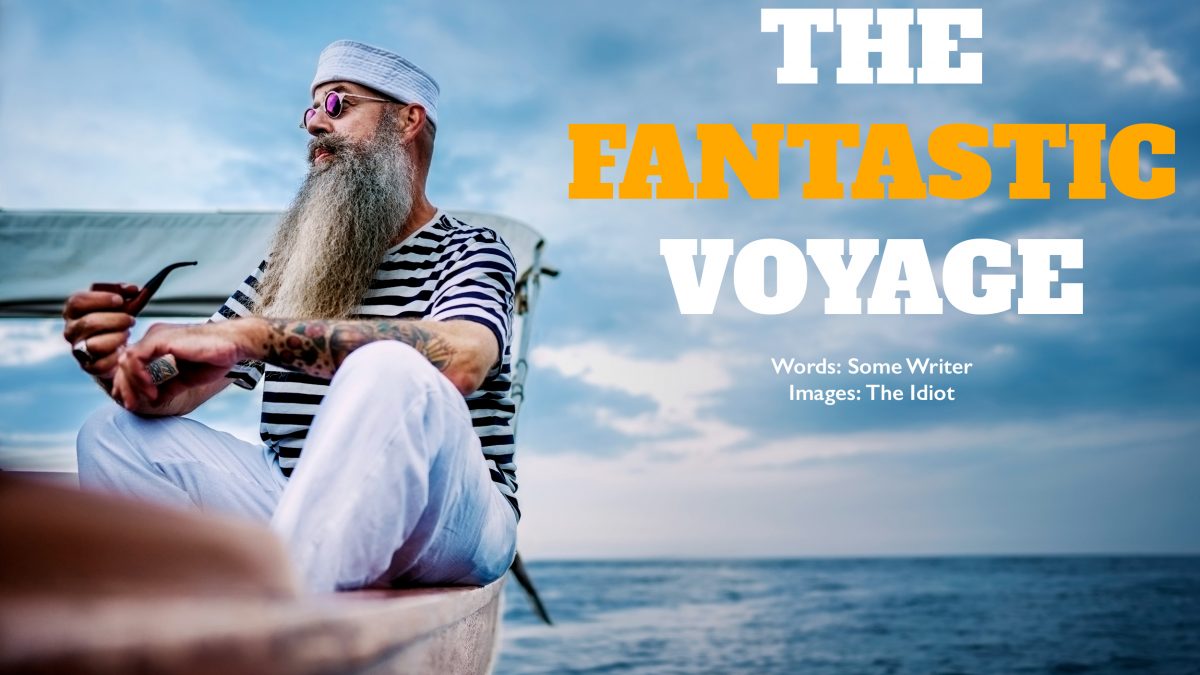

Stay connected